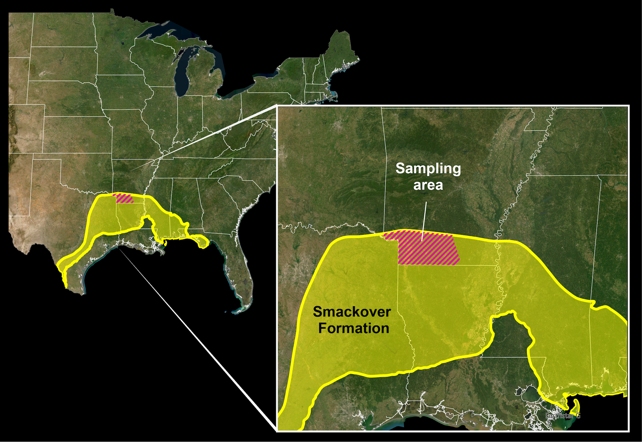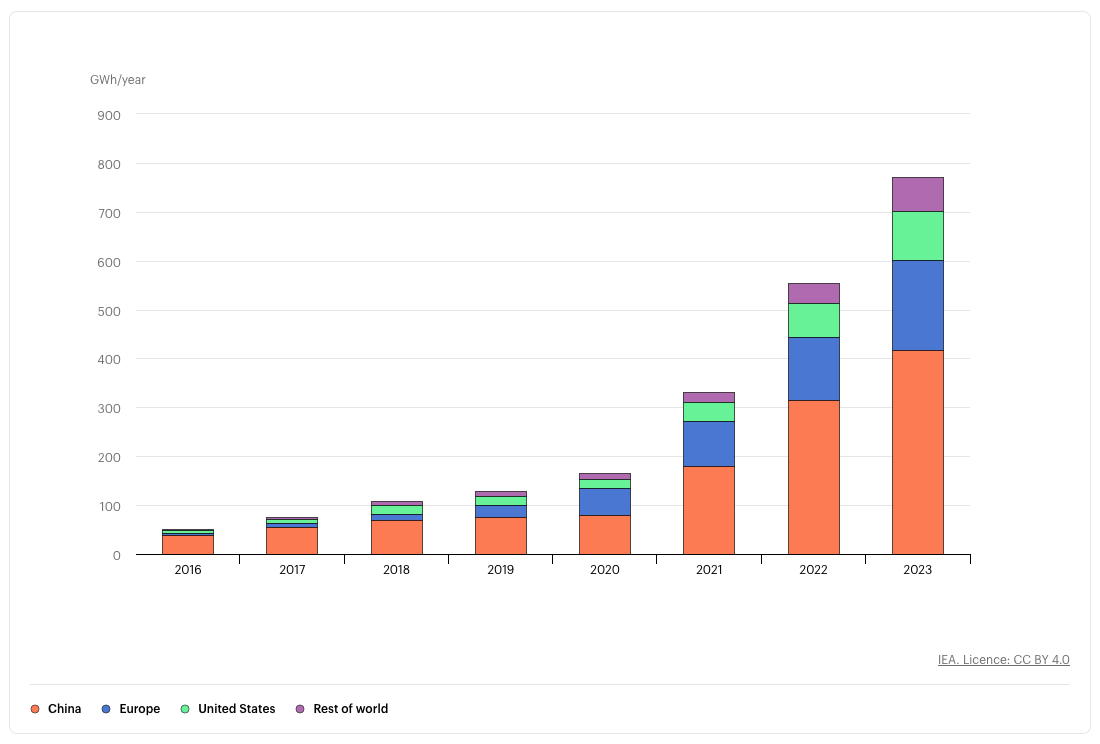Legacy media has lost its way and we now have a return to sanity.
Yet they completely miss their best chance for both redemption and even restoration. Seriously, the demand for information and novel ideas has never declined. In fact idiots, I was the only chap walking down the street with a book in my hand. sound awfully familiar? today you all are doing the same thing. just not a book.
We need a professional press that curates available internet content and writes about it. And is inspired by it. After all that is what i am doing with my portfolio of hobby horses right here.
WaPo could become an exciting must have and even save document of record for the internet.
After "Colossal" Exodus Of Subscribers, WaPo Boss Bezos Explains "The Hard Truth" About Not Endorsing Kamala
by Tyler Durden
Tuesday, Oct 29, 2024 - 05:35 AM
https://www.zerohedge.com/political/colossal-mass-exodus-over-200000-wapo-subscriber-cancellations-after-bezos-blocks-harris
In what is likely even more harrowing for the Op-Ed editors at The Washington Post, Jeff Bezos has just penned an explainer for his decision to not allow the liberal rag to endorse Kamala.
The hard truth: Americans don’t trust the news media
The credibility gap can be bridged by independence.
In the annual public surveys about trust and reputation, journalists and the media have regularly fallen near the very bottom, often just above Congress. But in this year’s Gallup poll, we have managed to fall below Congress. Our profession is now the least trusted of all. Something we are doing is clearly not working.
Let me give an analogy. Voting machines must meet two requirements. They must count the vote accurately, and people must believe they count the vote accurately. The second requirement is distinct from and just as important as the first.
Likewise with newspapers. We must be accurate, and we must be believed to be accurate. It’s a bitter pill to swallow, but we are failing on the second requirement. Most people believe the media is biased. Anyone who doesn’t see this is paying scant attention to reality, and those who fight reality lose. Reality is an undefeated champion. It would be easy to blame others for our long and continuing fall in credibility (and, therefore, decline in impact), but a victim mentality will not help. Complaining is not a strategy. We must work harder to control what we can control to increase our credibility.
Presidential endorsements do nothing to tip the scales of an election. No undecided voters in Pennsylvania are going to say, “I’m going with Newspaper A’s endorsement.” None. What presidential endorsements actually do is create a perception of bias. A perception of non-independence. Ending them is a principled decision, and it’s the right one. Eugene Meyer, publisher of The Washington Post from 1933 to 1946, thought the same, and he was right. By itself, declining to endorse presidential candidates is not enough to move us very far up the trust scale, but it’s a meaningful step in the right direction. I wish we had made the change earlier than we did, in a moment further from the election and the emotions around it. That was inadequate planning, and not some intentional strategy.
I would also like to be clear that no quid pro quo of any kind is at work here. Neither campaign nor candidate was consulted or informed at any level or in any way about this decision. It was made entirely internally. Dave Limp, the chief executive of one of my companies, Blue Origin, met with former president Donald Trump on the day of our announcement. I sighed when I found out, because I knew it would provide ammunition to those who would like to frame this as anything other than a principled decision. But the fact is, I didn’t know about the meeting beforehand. Even Limp didn’t know about it in advance; the meeting was scheduled quickly that morning. There is no connection between it and our decision on presidential endorsements, and any suggestion otherwise is false.
When it comes to the appearance of conflict, I am not an ideal owner of The Post. Every day, somewhere, some Amazon executive or Blue Origin executive or someone from the other philanthropies and companies I own or invest in is meeting with government officials. I once wrote that The Post is a “complexifier” for me. It is, but it turns out I’m also a complexifier for The Post.
You can see my wealth and business interests as a bulwark against intimidation, or you can see them as a web of conflicting interests. Only my own principles can tip the balance from one to the other. I assure you that my views here are, in fact, principled, and I believe my track record as owner of The Post since 2013 backs this up. You are of course free to make your own determination, but I challenge you to find one instance in those 11 years where I have prevailed upon anyone at The Post in favor of my own interests. It hasn’t happened.
Lack of credibility isn’t unique to The Post. Our brethren newspapers have the same issue. And it’s a problem not only for media, but also for the nation. Many people are turning to off-the-cuff podcasts, inaccurate social media posts and other unverified news sources, which can quickly spread misinformation and deepen divisions. The Washington Post and the New York Times win prizes, but increasingly we talk only to a certain elite. More and more, we talk to ourselves. (It wasn’t always this way — in the 1990s we achieved 80 percent household penetration in the D.C. metro area.)
While I do not and will not push my personal interest, I will also not allow this paper to stay on autopilot and fade into irrelevance — overtaken by unresearched podcasts and social media barbs — not without a fight. It’s too important. The stakes are too high. Now more than ever the world needs a credible, trusted, independent voice, and where better for that voice to originate than the capital city of the most important country in the world? To win this fight, we will have to exercise new muscles. Some changes will be a return to the past, and some will be new inventions. Criticism will be part and parcel of anything new, of course. This is the way of the world. None of this will be easy, but it will be worth it. I am so grateful to be part of this endeavor. Many of the finest journalists you’ll find anywhere work at The Washington Post, and they work painstakingly every day to get to the truth. They deserve to be believed.
The irony, of course, is that the alt-media space (and most non-liberal reporters) have been saying much of this for years - only to be cajoled, banned, black-balled, refused-access.
The question is - now that Bezos has smashed the glass ceiling of elite aloofness - will we see the usual tsunami of screaming, hysterical resignations ("I could never work for someone who said those words in his out loud voice") - or...
Is this the turning point - is this the moment when media reverts back to news and not opinion?
Where will all those 'resigning' reporters go to work if other media owners follow Bezos' path? Substack? How's that working out for the liberalati?
We suspect (strongly) that this will not be a quick turnaround. The blinkered libtard defense of all that is righteously progressive (and therefore 'the truth') will not disappear overnight.
A generation of so-called 'journalism students' need to be de-programmed from "their truth" (preferably not in camps), and they (and their professors) won't go quietly into the night, that is for sure.
And along those lines, shortly after Bezos dropped this op-ed, another major mainstream news outlet decided NOT to endorse Kamala...
* * *
As we detailed earlier, Jeff Bezos' decision for The Washington Post not to endorse a presidential candidate this year has resulted in a total shitshow for the progressive newspaper, with staffing members having epic meltdowns and editor-at-large Robert Kagan (husband of Victoria Nuland) walking off the job on Friday. Even more troubling for the paper is the mass exodus of liberal subscribers being reported by NPR News on Monday afternoon.
According to two sources within the paper and familiar with the subscriber exodus, over 200,000 digital subscription cancellations had occurred by Monday afternoon.
Not all cancellations take effect immediately. Still, the figure represents about 8% of the paper's paid circulation of 2.5 million subscribers, which includes print as well. The number of cancellations continued to grow Monday afternoon. -NPR
Former Post Executive Editor Marcus Brauchli told NPR, "The problem is, people don't know why the decision was made. We basically know the decision was made, but we don't know what led to it."
The editorial page editor, David Shipley, told colleagues that WaPo's publisher, Will Lewis, said the reason for the lack of a Harris-Walz endorsement was to create an "independent space" where the newspaper does not tell people for whom to vote.
WaPo has mostly endorsed Democrats for nearly a century (with only 3 Republicans since 1928):
• 1932 to 1944: Franklin D. Roosevelt (Democrat)
• 1948: Thomas Dewey (Republican)
• 1952 & 1956: Dwight D. Eisenhower (Republican)
• 1960: John F. Kennedy (Democrat)
• 1964: Lyndon B. Johnson (Democrat)
• 1968: Hubert Humphrey (Democrat)
• 1972: George McGovern (Democrat)
• 1976 & 1980: Jimmy Carter (Democrat)
• 1984: Walter Mondale (Democrat)
• 1988: Michael Dukakis (Democrat)
• 1992 & 1996: Bill Clinton (Democrat)
• 2000: Al Gore (Democrat)
• 2004: John Kerry (Democrat)
• 2008: Barack Obama (Democrat)
• 2012: Barack Obama (Democrat)
• 2016: Hillary Clinton (Democrat)
• 2020: Joe Biden (Democrat)
• 2024: Neutral
Back to WaPo's mass exodus of subs, Google search data shows "cancel Washington Post subscription" has gone parabolic nationwide since the weekend. Most cancelations are based in the District of Columbia, Maryland, and Virginia.











 (Egoitz Bengoetxea Iguaran/Canva Pro)
(Egoitz Bengoetxea Iguaran/Canva Pro) (dmitrynaumov/Canva Pro)
(dmitrynaumov/Canva Pro) (Monkey Business Images/Canva Pro)
(Monkey Business Images/Canva Pro)

